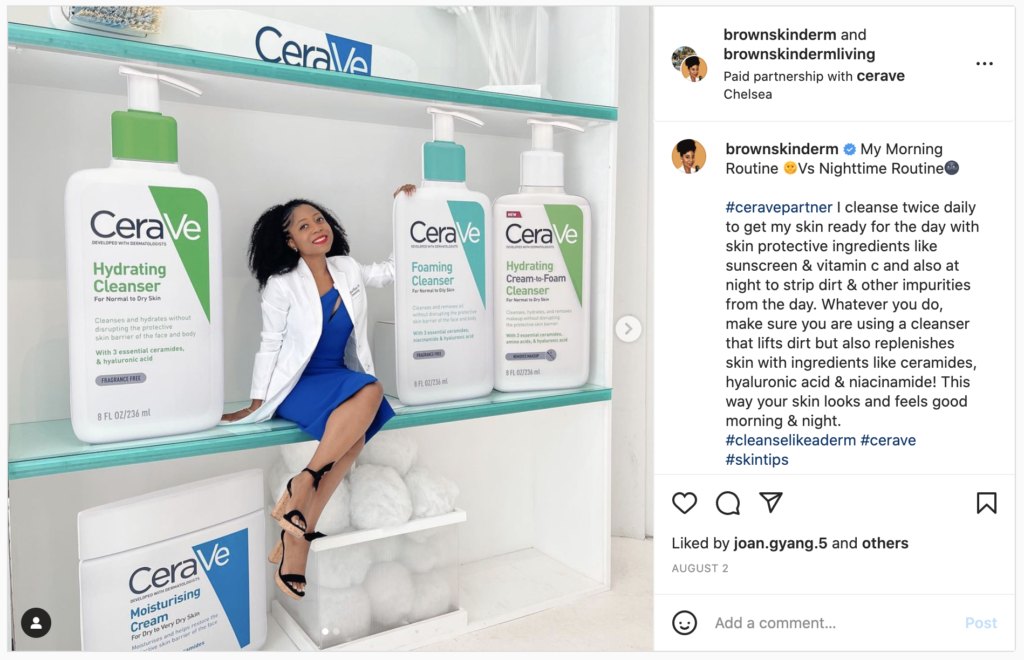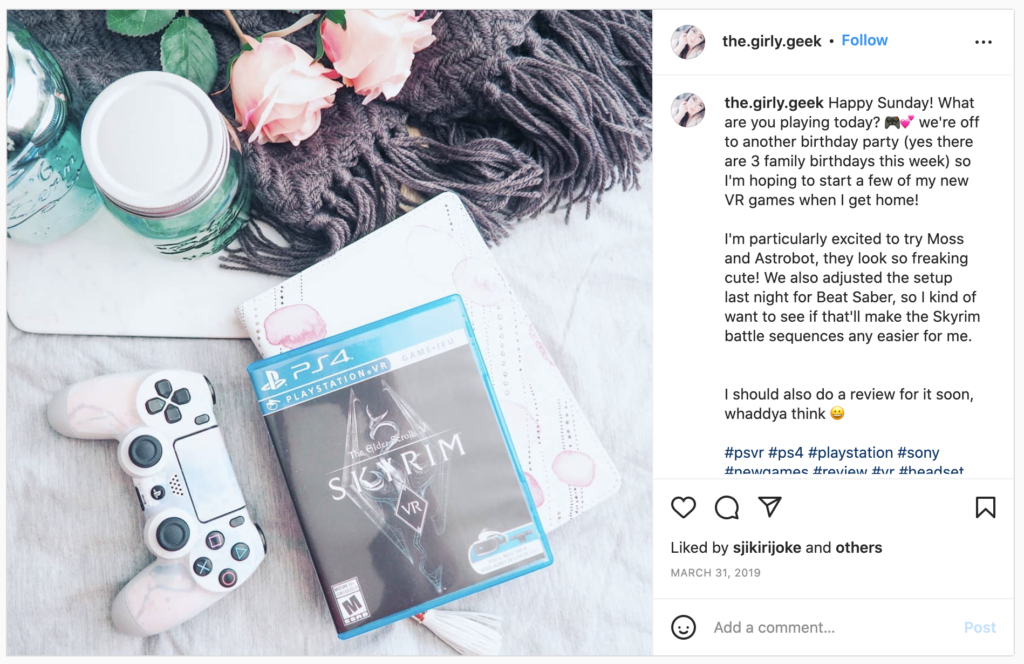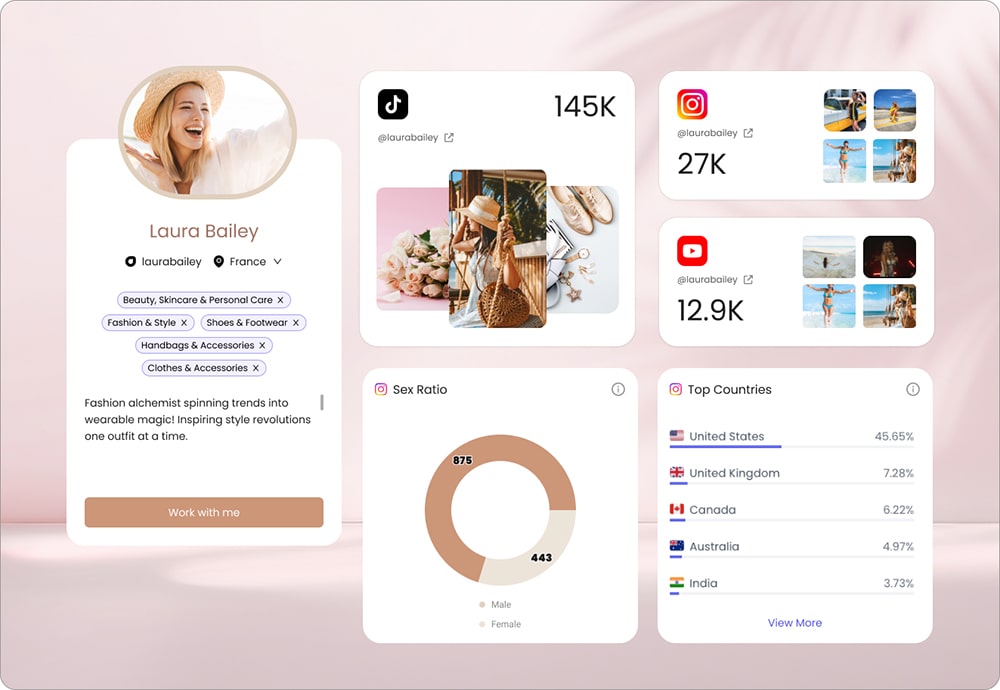Marketing Specialist 1: I’m implementing KOL marketing into my marketing campaign.
Marketing Specialist 2: Yeah, we’re collaborating with famous vloggers as well.
Marketing Specialist 1: You have no idea what I’m talking about, huh?
Marketing Specialist 2: What?
Marketing Specialist 1: Okay, let me explain.
Key opinion leaders – KOLs – have been gaining a strong reputation among social media users, and are starting to become a key part of the marketing strategy of many businesses. As you invest in your influencer marketing strategy, incorporating work with KOLs can help you bring significantly better results.
To help you understand better what KOLs are and you can benefit from them, in this article, we go over everything you need to know about how key opinion leaders can help you with your marketing. The article goes over:
● What KOL is and what it stands for,
● The Difference between KOLs and Influencers,
● What the benefits of KOL marketing are,
● How to build a KOL marketing strategy,
● What are some of the best KOL marketing examples.
If you know these things already, then this article is not for you. You can exit it and continue scrolling your social media pages. But if you are just starting to explore KOL marketing, you are in the right place, because we are about to do a deep dive into everything KOL-related. Let’s start!
What is KOL and what does it stand for?
KOL stands for key opinion leader. If put simply, these are the people you’ll trust about something because you trust their expertise and knowledge on that particular topic. You can think of it as a prime example of word-of-mouth marketing: people trust something more because of who said it.
KOLs are the best way to make the most out of word-of-mouth marketing. Due to their accomplishments and experience, they are usually a trusted name in their industry. More often than not, they cover a specific niche and often have a super-targeted audience interested in that topic and waiting for the next recommendation.
Quite often, key opinion leaders represent certain fields requiring specific education, experience, and qualifications. Some examples of such cases are:
- Lawyers
- Financial advisors
- Doctors
- Dentists
- Politicians

Naturally, nobody would give better legal consultation than a respected lawyer working for a well-known agency that has a blog where they share their experiences and knowledge. So, if you’re trying to raise awareness about a specific legal issue, the key opinion leaders in that particular niche would be the best choice to go.
Marketing Specialist 2: Wai.. wait, aren’t influencers and key opinion leaders the same thing?
Marketing Specialist 1: Are all fruits apples? Let me explain.
KOLs vs Influencers: What’s the difference?
The terms “influencer” and “key opinion leader” are often used interchangeably, but they are not the same. People might follow influencers for the sole fact that everyone else follows them, without looking for anything specific. Meanwhile, they follow Key opinion leaders because they trust them and their expertise.
Here are some of the main differences between KOLs and influencers:
KOLs have a full-time job
Unlike influencers, key opinion leaders do not earn their living off of influencer collaborations with brands. They usually have professional careers or are retired and just share what they have learned, without looking for a financial reward.
Key opinion leaders are professionals
KOLs are highly-trained professionals with years of experience, and this knowledge and expertise are what make them credible. Their qualifications make their opinions on this or that topic relevant to their niche much more valuable.
Follower count doesn’t play a big role for KOLs
Because influencers earn a living on social media, and their audience is directly connected to their earnings, they are only as powerful as the number of followers they have. KOLs however usually have much smaller audiences, usually even fewer followers than a micro-influencer. However, their input in your campaign will hold a greater weight than that of an influencer with millions of followers who aren’t qualified to give advice on that topic, because people follow them specifically for their expertise and advice.
KOLs Teach, Influencers Sell
Eventually, KOLs may choose to become influencers. This happens when they decide to start promoting products to their audience. Usually, their target is a lot more targeted than that of influencers, so to make the best of the experience of KOLs, make sure to reach out only to KOLs whose content is directly related to your field, to make sure your product aligns with their views.
Marketing Specialist 2: Got it. But still, why should I go with a KOL with 4602 followers when I can have access to the hundreds of thousands of followers of an influencer?
Marketing Specialist 1: Let me quickly go over the benefits of KOL marketing.
What are the benefits of KOL marketing?
The reason why more and more brands go with KOL marketing is that it’s simply more effective and yields better results. Here are a few reasons why:
- KOL is more affordable
Collaboration with key opinion leaders will cost you a lot less than a partnership with influencers. If you have experience working with influencers before, you know that working with big names with large followings can cost you quite a large sum. Creators with smaller following, like KOLs and micro-influencers, are much more affordable and tend to have lots of wiggle room when it comes to pricing.
Additionally, with KOLs there is often a chance for free collaboration! KOLs have a professional reputation to uphold, so they usually only promote what’s best for their audience. So, if your product catches their interest and aligns with their values, they’ll be more willing to promote it at a lower cost, for free, or through an affiliate, which can’t always be the case with influencers.
- Higher conversion rate
We’ve mentioned this earlier, but it deserves repeating: KOLs have more credibility, and they increase the value of your brand in the eyes of their audience. Because of this, you’ll like to achieve higher conversion rates with KOLs than with influencers, ads, or other marketing channels. The main reason, once again, is the hyper-targeted audience: a person highly engaged with the content of a leading ophthalmologist is more likely to check your blue light-blocking glasses than a follower of a widely-focused lifestyle brand. If put simply, the audience of KOLs is more invested, and it brings results.
Building a KOL marketing strategy
KOL marketing is an untapped resource that can yield great results. But much like every other marketing channel out there, without a solid strategy backing up your actions, you risk wasting resources without getting a lot of ROI. To avoid this, it’s important that you have some tried and tested, yet up-to-date tactics to power up your efforts. These steps are a good place to start.
Define your campaign objective
First and foremost, you need to understand what you are trying to achieve with each specific campaign. Whether it’s boosting conversion rates or raising brand awareness, a clear understanding of what you are looking to get should be your first step.
Decide on the platform
There are many social platforms out there, with influencers and KOLs available on each. However, by trying to reach everyone everywhere, you risk spreading yourself too thin, especially if your resources are limited. Think of your target audience and where are they likely to engage with your campaign more.
Choose KOLs who match your brand voice
We’ve discussed the importance of working with the KOLs in the same niche, but it’s not the only important criterion. While their knowledge of the topic and popularity are important, their tone of voice should match yours, and should signify your brand values. Otherwise, it won’t be an organic fit either for you or for them, coming out as somehow ungenuine.
Carefully check the KOL data
Before starting the partnership with KOLs, make sure to check their track record. Ask them to provide data on the engagement rates, but don’t just take their word for it. Put some time to go over their past posts and check their performance. If you have the chance, get referrals from other brands the KOL has worked with to see if they are reliable partners.
Select the right touchpoints
What are you offering to the KOLs audience to make your product or service more appealing? Understand the values of your audience and that of the KOL, and add the relevant touch point to your campaign. It can be a discount coupon, a competition, a giveaway, and anything in between.
Track and reevaluate your campaign performance
Once the campaign goes live, make sure to keep an eye on it to assess its performance at all stages. This can help you gather valuable insights about its strengths and weaknesses, and you can use this knowledge later to make more data-driven decisions.
KOL Marketing Examples
Now that you have some idea of who key opinion leaders are and what they can do for your brand, let’s take a look at some great examples of KOL marketing campaigns to influence your next one.
- Brown Skin Derm x CeraVe
What better KOL for skin care product companies than a dermatologist? Dr. Adeline Kikam is an established dermatologist with a relatively large following talking about everything skincare. Her cooperation with CeraVe skincare, a brand also developed by dermatologists is a perfect match.

- Rohit Saraf x Booking
Actor Rohit Saraf is an avid traveler, and shares his travels in detail on his Instagram account. The Dutch travel giant Booking collaborated with Rahit and other KOLs in the frames of their #FutureOfTravel campaign. The goal of the campaign was to show the role of travel in the lives of KOLs to their audience, and how they prefer Booking to organize their trip.

- Erin x Sony PlayStation
Erin is a big video game lover, and was one of the KOLs Sony chose to work with to promote their virtual reality headset. The campaign aimed to demonstrate the positive experience the gamers had with the Sony VR headset, sharing posts and stories of themselves using it.

F.A.Q
What are KOLs?
KOL is the shortened form of key opinion leader, referring to people who are experts in their niche and are actively sharing their knowledge and experience on social platforms.
Is a KOL an influencer?
KOLs are not influencers in the traditional sense, because they don’t make a living on social platforms. While they do have influence over their audience, they don’t depend on brand deals and promote only the products that would be the best for their audience.
How does KOL earn money?
As a rule, KOLs have professional jobs, and it’s how they make money. Eventually, as their audience grows, they may or may not decide to work with brands, but what won’t be their primary source of income?
Why is KOL important in marketing?
Working with KOLs gives the brand access to a hyper-targeted audience of individuals through a trusted voice. This significantly improves the brand image and increases the chance of a purchase, and all of this with little to no investment.
Reviewed By Rem Darbinyan
Revolutionizing industries with AI, Rem Darbinyan is the CEO of ViralMango and an entrepreneur, AI expert, and influencer marketing strategist.




